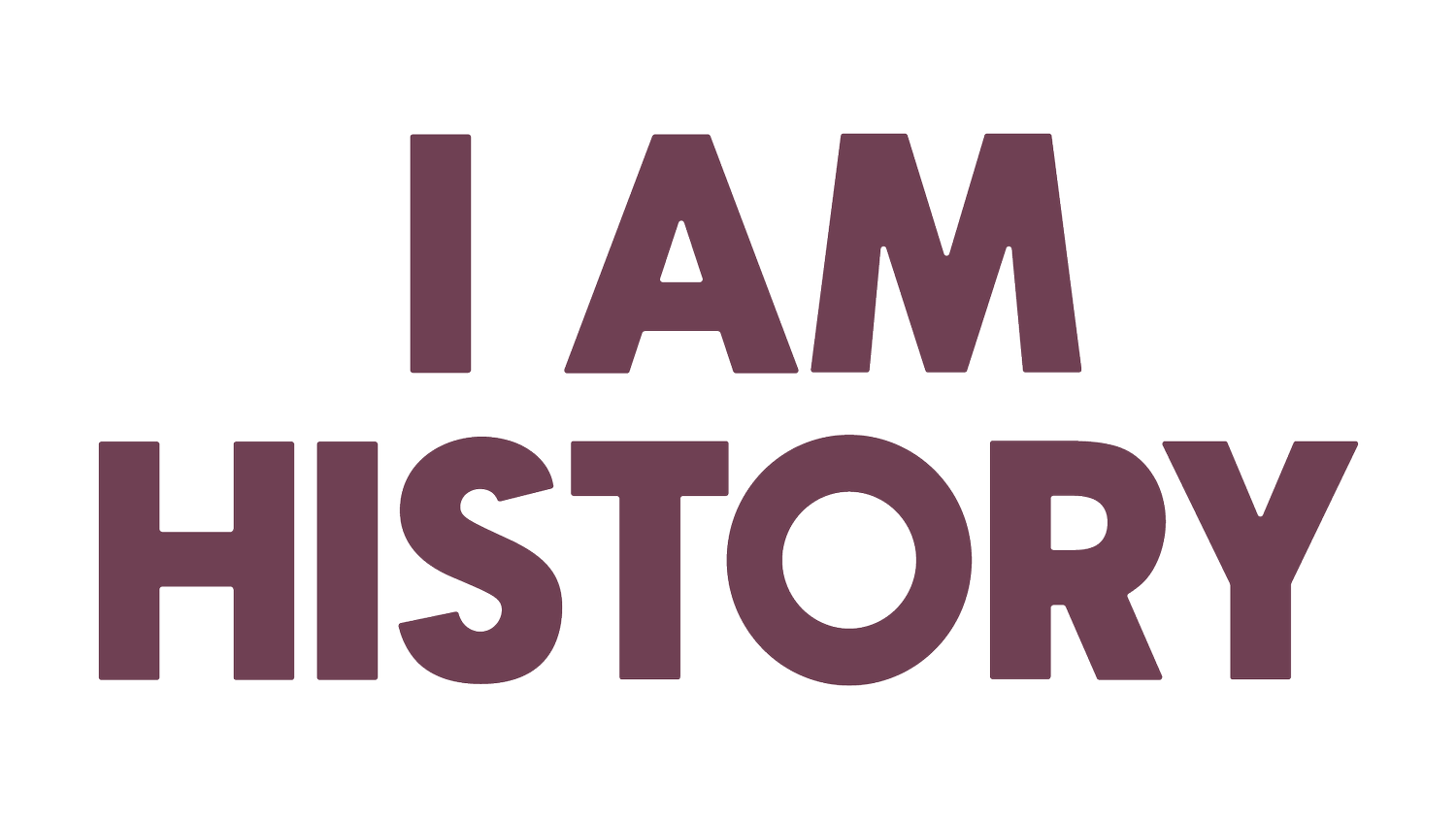I AM Talks: Dr Onyeka Nubia
Dr Onyeka Nubia is a pioneering and internationally recognised historian, writer and presenter who is reinventing our perceptions of Black British history. Currently lecturing at Nottingham University, Dr Onyeka is the author of Blackamoores: Africans in Tudor England.
Dr Onyeka’s research began 1993-94 after finishing University and without the backing of other academics. He was told there was nothing to discover by academics and received death threats from far right groups, which only spurred him on. "This was the 90's remember." His peers didn’t want him to make his mark in history. "A pioneer in a given field isn't supposed to be somebody of African descent, as far as the establishment is concerned" he says. "Even if it's discovering people of African descent."
Uncovering Black Tudors
A massive fail on their part because Onyeka is undeniably a pioneer in the study of Black Tudors. His compilation of research, which formed part of his book, has lifted the truth in British history and created an accessible platform to those interested in the study. I had presented a set of questions to Onyeka beforehand, which were figuratively tossed aside, and rightly so. He has spent a lifetime on the Black Tudors, he knew exactly what I needed to hear.
And so he begins, the Tudor era was considered "a period in which only white people were present in England and also a period in time when everybody was Christian. The images that we see, which affect our consciousness and also our sub consciousness, tend to be of an extremely white English society that is grotesquely ornate. It seems to be the kind of society in which people of African descent couldn't have existed in, except for perhaps as the stranger, or the other, or as slaves". Africans were considered to be transient, their presence was only ever temporary. The notion of Africans being here for over 600 years is not something that they wanted to be acknowledged.
Onyeka went from Parish to Parish, church to church to do his independent research. He struggled to see records and had a number of heated conversations. Eventually, he was forced to involve his local MP to gain access to materials in the various Parishes.
Initially Onyeka thought to look for Black Tudors in Metropolitan areas, but these were often villages before the Industrial Revolution. So his new searches were directed towards: port towns, agricultural towns, small cottage industrial and market towns. These had a significant African presence and included places such as Barnstable, Exeter, Plymouth, Bristol, Nottingham, Derby, Norwich, Oxford Cambridge, Salisbury and of course London.
Articles and other published material suggests there were hundreds, perhaps a thousand Africans here at the time. Onyeka states, "it's likely that this is only the tip of an iceberg of a much larger presence. The reason being is that people were often not identified by their ethnicity in English records. It's not always that the English recorders are going to say John a Blackamoore buried this day, 1602. If John had been living there for a very long time and his ethnicity of being 'a Blackamoore' was not really of very much significance, they wouldn't necessarily identify him as such."
"What the records do is provide an indication of an African presence, they do not provide the summative aspect of it." It proves people of African descent were here: in Portsmouth, Plymouth, Wiltshire, Scotland and Wales. They included men, women and children, those of dual heritage, African people from Iberia, and other parts of Europe, the Caribbean, West, Central, East and North Africa. There were much more interracial unions than African unions, which might be hard to imagine. However, in the Tudor Period there was not a fixed idea of races or race. English people did see colour, but culture, religion and class were ideals that were distinctively important. Africans could therefore weave themselves into the fabric of society. In pockets of England Africans had formed communities. In St Botolphs of Aldgate in London, the African population was about 6% of that parish. Definitely higher than most people would assume or perhaps think. In St Andrew's in Plymouth, it was about 5%.
In places like Holt in Worcestershire, where the village probably had a population of a hundred, there was an African called Henrie Anthonie Jetto (he was a Yeoman, the highest rank of commoner. He earned enough to leave a will for his children), he married a maid and they had five children. "So, already they have changed the demographic of that area", he says amused. "And those children had about twenty five grandchildren, completely changing the demographic of Holt." We know this because the records state that the children or grandchildren were that of Henri the Blackamoore.
Onyeka's champions of the era include Henrie Jetto and "The Needlemaking Negro who would not teach his art to any". Literally, how he was referred to, he lived in Cheapside, and was likely to have come from Spain (Iberia). He made fine sewing needles from steel. This had never been seen in England, before then needles were made from wood, iron or ivory not ideal for silk. Refusing to teach his skills to any one allowed him to charge whatever he wanted. Hence the name.
There are many more Black Tudors and accounts presented in the Blackamoores, which is merely his marker on the subject. The book is only just the beginning he proclaims, it "barely scratches the surface."









